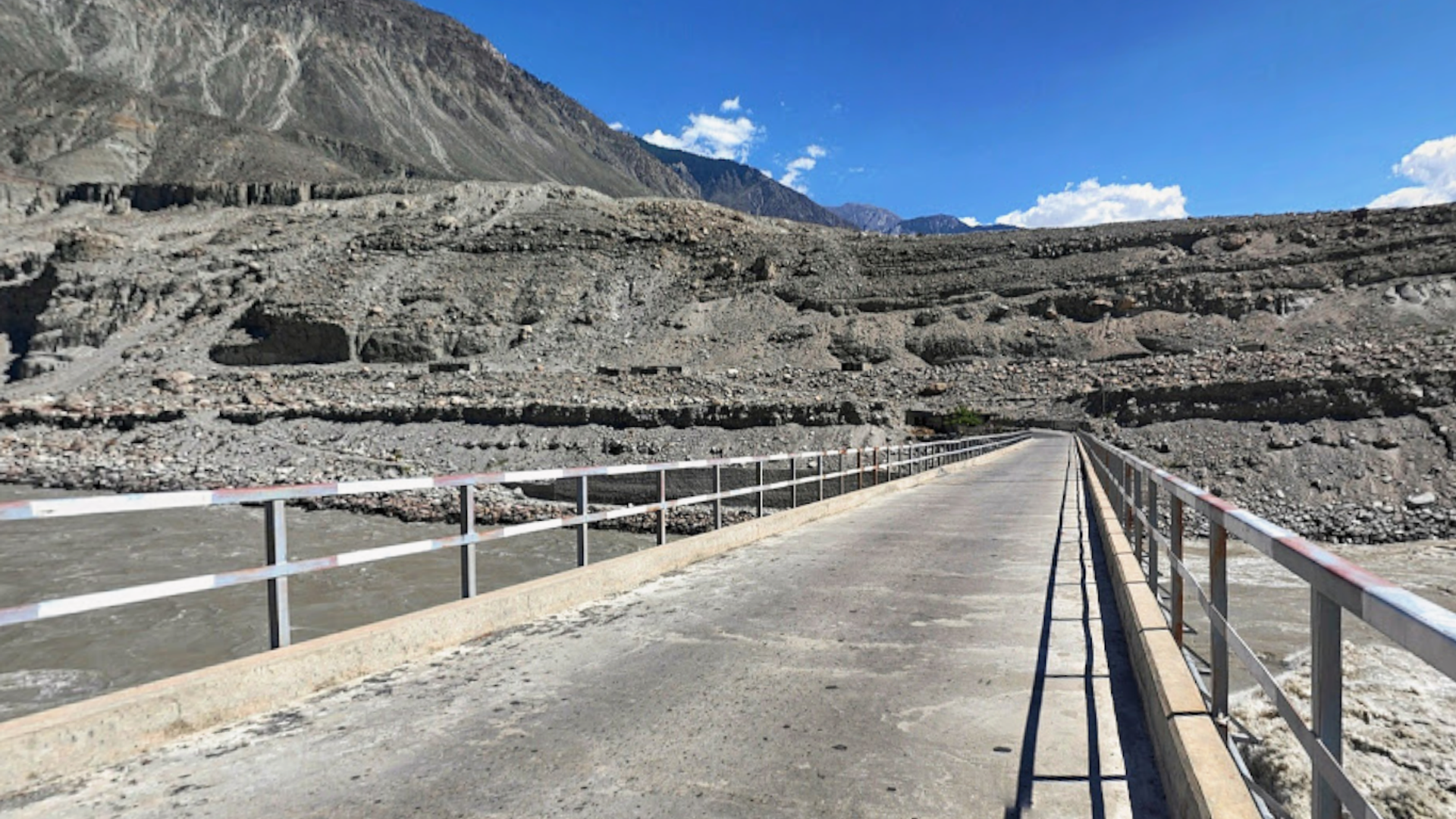
A committee tasked with finding replacements for a pair of controversially named islands in Castine has chosen options that won’t wipe away the history of African Americans in the community.
Last spring, Castine residents voted to start the process of changing the names of Upper Negro Island and Lower Negro Island, a pair of small islands connected by a sandbar in the mouth of the Bagaduce River. The town’s Island Name Change Committee has been working since then to come up with new potential names and presented their recommendations to the select board on Monday.
Though the islands have been collectively called Negro Island going back to at least the late 1700s, historians have found no conclusive origin for the name. But the committee didn’t want to erase the islands’ connection with African Americans, no matter how hazy the association.
“It has been from the beginning the feeling of most of the people on this committee that while the names of Negro islands may be deemed offensive and need a change, they do represent some aspect of African American history in the town of Castine,” said Hans Carlson, the vice chairman of the committee.
The committee suggested two pairings for the islands that recognize the history of African Americans and Wabanaki people in town.
One option is to rename them Esther Island and Emanuel Island. The second option is Jackson Island and Pidianiske Island.
Esther and Emanuel are among the earliest known enslaved African Americans who lived in the Castine area. Both are mentioned in a local store account book in the late 1700s. It’s unknown what happened to them. They do not appear in later census documents, according to a previous report from the committee.
“We don’t know much more about them other than the fact that they were enslaved people in the town of Castine,” Carlson said.
Jackson Island derives its name from Mary Jackson. Born in 1851, she was the youngest daughter of John and Catherine Jackson, two Black people that lived in Castine in the mid 1800s. Mary Jackson’s father was born in Africa and, after being captured as a young boy, was forced to work on a sugar plantation in Brazil. As an adult, he escaped on a ship bound to New York and eventually came to Castine where he raised his family.
John Jackson worked as a cook on vessels belonging to a local family and Mary Jackson went on to work in the family’s home on the town common until her death in 1917.
Pidianiske was born near the Penobscot River around 1665 and was the daughter of Wabanaki chief Madockawando. She went on to reluctantly marry French nobleman Jean Vincent d’Abbadie de Saint-Castin, the town’s namesake, to strengthen the trading ties between the French and Native Americans.
The committee also recommended two Wabanaki names for how the islands would be referred to officially as a collective: Meguntic, meaning great swell of seas, and Sikkwenahk, which means horseshoe crab.
No matter the recommendations, Castine won’t have the final say in changing the names. That falls to the U.S. Board of Geographic Names, which has increasingly been considering requests to change places with the name Negro. Twenty-four of the nearly 400 name requests before the board involve the use of Negro. The board does take a municipality’s preference into consideration.
The community will likely hold a binding town wide survey on the recommendations this fall and send the preferred names to the federal board.











